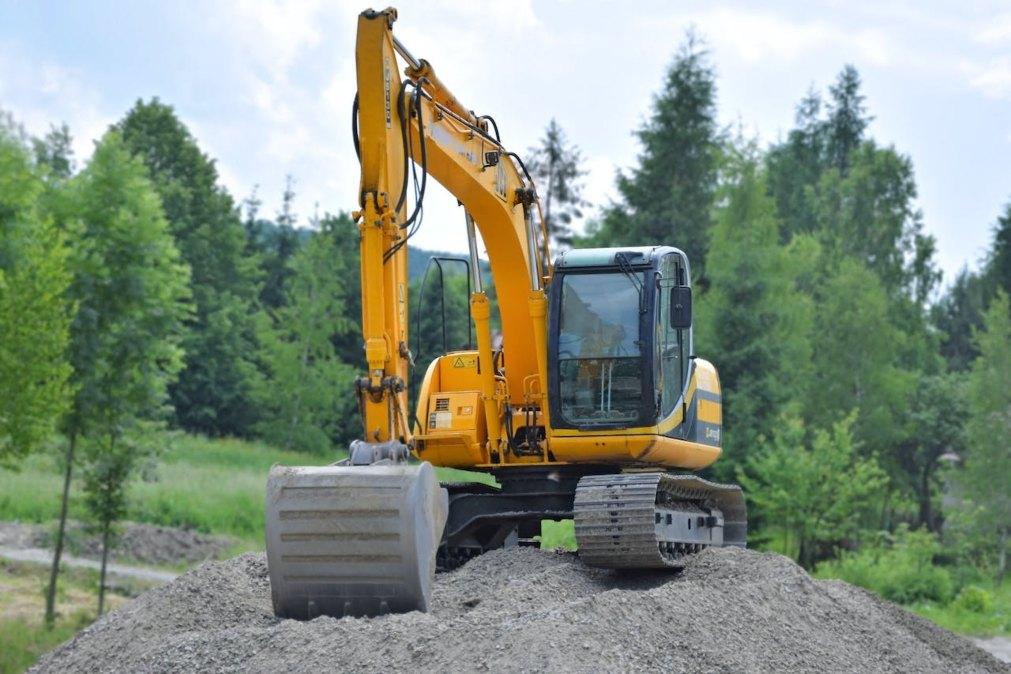Floods are natural disasters that can wreak havoc on businesses, causing extensive damage to infrastructure and property. Among the many challenges that businesses face during the aftermath of a flood, repainting surfaces is a crucial step towards restoration and reclaiming normalcy.
In this blog post, we’ll explore the practical aspects of dealing with flood damage, specifically focusing on the process of reapplying paint.
Table of Contents
Take a Look at the Damage First
The first step in dealing with flood damage is to assess the extent of the destruction. A thorough evaluation is essential to identify areas that require repainting. Floods often lead to peeling, discolouration, and other forms of paint damage so it’s essential to inspect every nook and cranny, ensuring no spot is left untouched.
Prepping Next
Before diving into repainting, it’s imperative to prepare the affected areas adequately. Clearing debris and cleaning surfaces are vital tasks. Equally important is ensuring that everything is completely dry. Proper drying not only guarantees the paint adheres well but also prevents the growth of mould, which can be a significant concern after a flood.
Choosing and Selecting Paint to Use
Selecting the right paint and materials is pivotal for a successful repainting job. Opt for flood-resistant paints and primers that can withstand moisture and humidity. Apart from that, consider environmentally friendly options as well to contribute to a sustainable future. Sealants and protective coatings play a crucial role in preventing future damage, making them worthy investments for any business.
Hiring Professional Help
While some businesses might consider a DIY approach, hiring professional and commercial building painters and restoration experts can make a world of difference. These experts bring not only their skills and expertise but also the necessary tools and equipment. When choosing a contractor, it’s vital to ensure they are licensed and insured. This guarantees that the job will be done professionally and any unforeseen issues will be covered.
Equally significant is water damage repair work which deals with fixing the structural integrity of your property. Water damage can compromise the foundation, weaken the walls, and create an environment conducive to mould growth. Repair experts assess the structural damage caused by the flood, identifying vulnerable areas that demand immediate attention.
Getting the Job Done Right
Proper surface preparation is the cornerstone of a flawless paint job. Sanding, priming, and other preparatory steps ensure a smooth and durable finish. When it comes to painting techniques, choosing the right method is essential. Whether it’s rolling, spraying, or brushing, each has its unique application. Businesses should consider the nature of the surface and the desired outcome before deciding on a technique.
Playing The Long Game
Once the painting is done, businesses should focus on post-painting maintenance and long-term strategies. Educating employees and residents about maintenance practices can prevent future damage. Regular inspections are essential to catch any signs of wear and tear early on, enabling timely repairs. Implementing flood prevention measures, such as waterproofing and efficient drainage systems, can further safeguard the business from future disasters.
Conclusion
Dealing with flood damage requires a systematic and well-planned approach. Repainting, although seemingly mundane, plays a pivotal role in the restoration process. Assessing the damage, preparing surfaces, choosing the right materials, hiring professionals, implementing efficient techniques, and focusing on long-term maintenance empowers businesses to emerge from the aftermath of a flood with a fresh start, fortified by a resilient coat of paint.
Also Read – Customized Love: Choosing the Perfect and Personalized Pet Cremation Keepsakes




